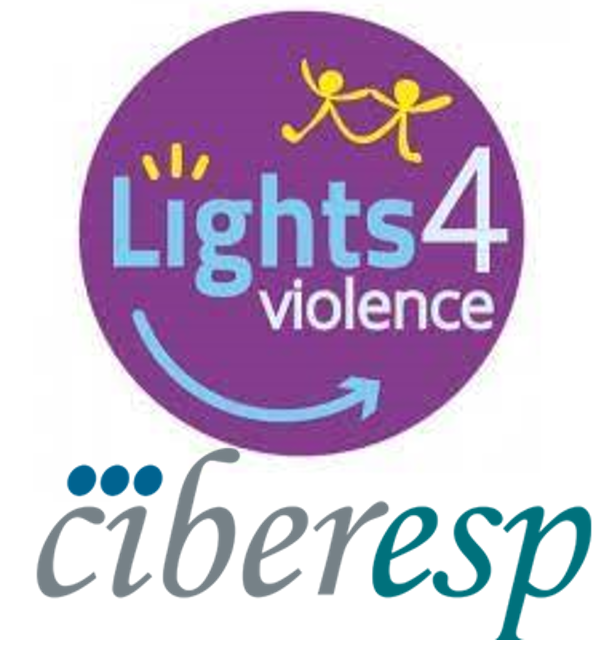
Carmen Vives-Cases (project coordinator)

MCarmen Davó (project researcher)
Preventing intimate partner violence among adolescents or “dating violence” (DV) is a public health priority due to its magnitude and damaging short and long term consequences for their health. According to data from the European Survey on Violence against Women carried out by the Fundamental Rights Agency of the European Union in 2014, the 33% of women have been or are exposed to some type of physical or sexual aggression since they were 15 years old. The 22% of the women who have or have had a partner have suffered some type of physical and / or sexual aggression, and the 43% of the women have suffered some form of psychological violence. Despite their younger age, physical and sexual violence among young people (18-24 years old) seems to be similar to that observed in older women (20% vs. 22%). However, psychological violence is alarmingly greater. The 50% of young women in the European Union who have had a partner have been exposed to moral harrasment, humilliations, control behaviours and other forms of pshychological abuse (1).
Both in the educational and social contexts, primary and secondary prevention programs have been carried out related to DV, focused on training related to its incidence, associated factors and related attitudes, such as traditional gender-related roles and myths, and the provision of information on available resources for victims and perpetrators of DV (2). In our project entittled “Lights, Camera and Action Against Dating Violence!” [Lights4Violence], it is proposed to complement these previous experiences in preventing DV with the added value of promoting protective factors (or assets) against gender violence related to communication skills, empathy, prosocial affective competences, anger management, and conflict management without violence.
Lights4Violence adopts the “Positive Development Model of Youth” (3). According to this model, interventions should based on adolecents’ strengths rather than risk factors, emphasizing the development of skills (personal, moral, cognitive, conceptual and social) that may help them to reduce or address problematic behaviors such as drug use, risky sexual relations, antisocial behaviors and depressive disorders (4). These competences are related to personal, family, school or community assets that may provide the needed support and experience to deal such as damaging situations.
To our knowledge, this is the first project that aims to promote protective assets against intimate partner violence in young people with the focus on the youth positive development. It is expected to replicate the promising results of similar interventions addressed to youth violence and bullying (5).
References
- European Union Agency for Fundamental Rights. European Union Agency for Fundamental Rights: Violence Against Women Survey, 2012: Special Licence Access. [data collection]. UK Data Service. SN: 7730. Retrieved 07/07/2017. http://doi.org/10.5255/UKDA-SN-7730-1
- Lundgren R, Amin A. Addressing intimate partner violence and sexual violence among adolescents: emerging evidence of effectiveness. J Adolesc Health. 2015;56:S42-50.
- Benson PL, Scales PC, Hamilton SF, et al. Positive Youth Development: Theory, Research, and Applications. Handbook of Child Psychology: John Wiley & Sons, Inc.; 2007.
- Benson PL, Mannes M, Pittman K, et al. Youth development, developmental assets, and public policy. Handbook of Adolescent Psychology, Second Edition 2004. p. 781-814.
- Bonell C, Hinds K, Dickson K, Thomas J, Fletcher A, Murphy S, Melendez-Torres GJ, Bonell C, Campbell R. What is positive youth development and how might it reduce substance use and violence? As systematic review and synthesis of theoretical literature. BMC Public Health 2016; 16: 135-148.

Add new comment